What drove the sudden and secretive construction of one of the most infamous barriers in history? The Berlin Wall was not just a concrete structure but a powerful symbol of division and control. Uncover the intriguing secrets behind its construction that reveal the true extent of its impact.
The Wall’s Initial Construction Was Completed Overnight
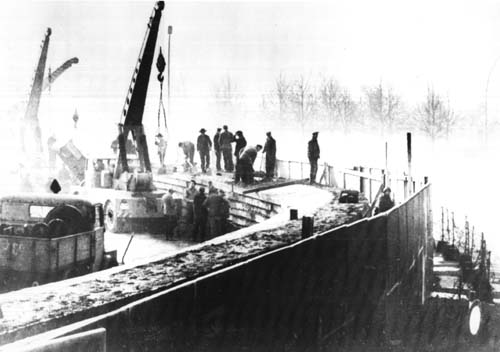
The Berlin Wall’s construction began suddenly on the night of August 12, 1961, catching many by surprise. East German authorities executed the plan in utmost secrecy to prevent a mass exodus from East to West Berlin. In just one night, barbed wire fences were erected, and streets were torn up to create an immediate and stark division between the two parts of the city. This rapid construction left many families and friends separated overnight.
Officially Called the “Anti-Fascist Protective Rampart”
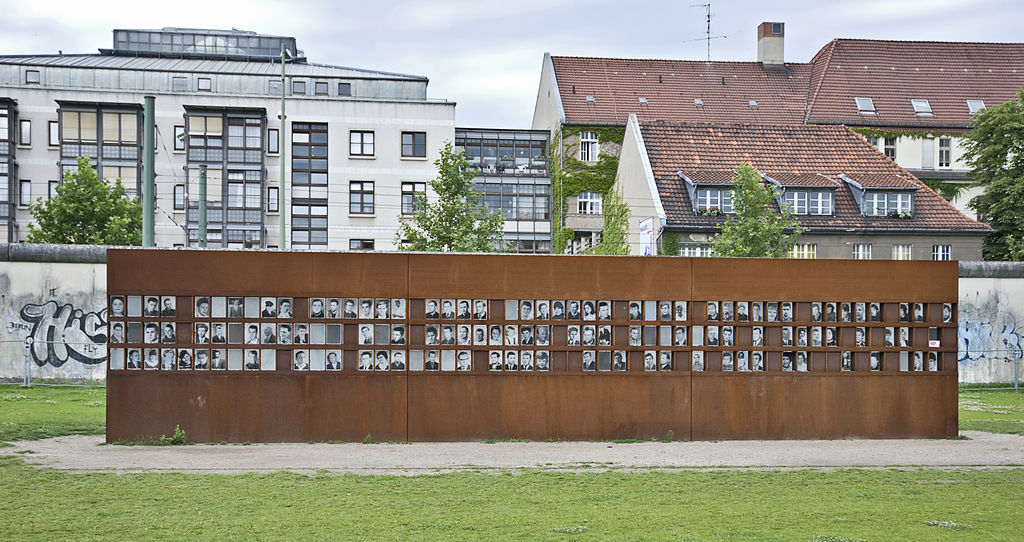
While the Western world referred to it as the Berlin Wall, the East German government had a different name for it. They called it the “Anti-Fascist Protective Rampart,” framing it as a defense against the West, which they claimed was still influenced by fascism. This official name was part of the broader propaganda effort to justify the Wall’s existence to East German citizens. It’s a reminder of how language was used to shape public perception during the Cold War.
Initially Made of Barbed Wire and Concrete Blocks
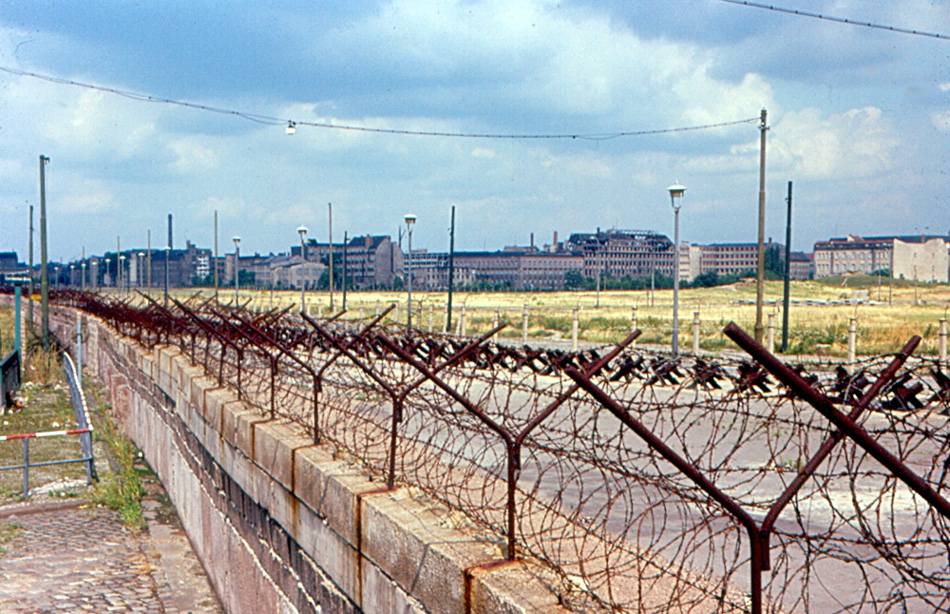
The first version of the Berlin Wall was far from the imposing structure it eventually became. It started as a series of barbed wire fences and concrete blocks, quickly assembled by East German soldiers. Over time, these initial barriers were replaced with more permanent and sophisticated structures, including large concrete segments, watchtowers, and guard dogs. The evolution of the Wall reflected the increasing desperation of the East German government to prevent defections to the West.
Construction Involved Thousands of Soldiers and Police
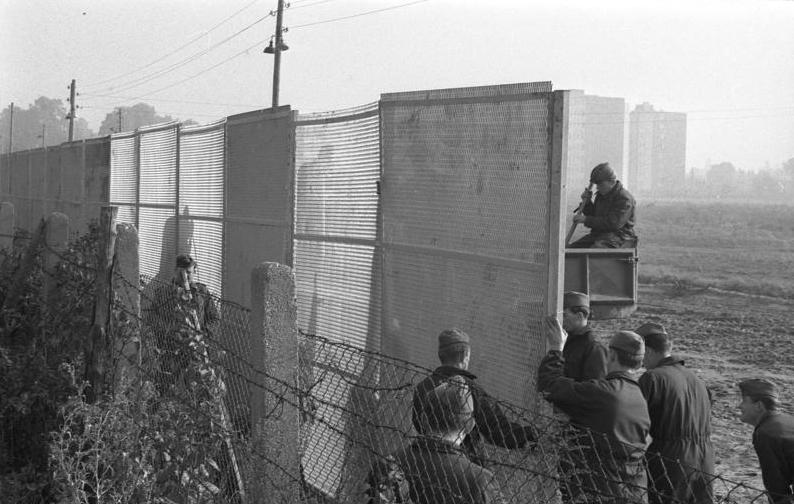
The rapid construction of the Berlin Wall required a significant mobilization of resources. Thousands of East German soldiers, police officers, and workers were involved in its erection. The operation was so secretive that even many of those involved in the construction were unaware of the true purpose of their work until the Wall began to take shape. This massive, coordinated effort highlights the lengths to which the East German government went to control its population.
The Wall Cut Through the Heart of Berlin
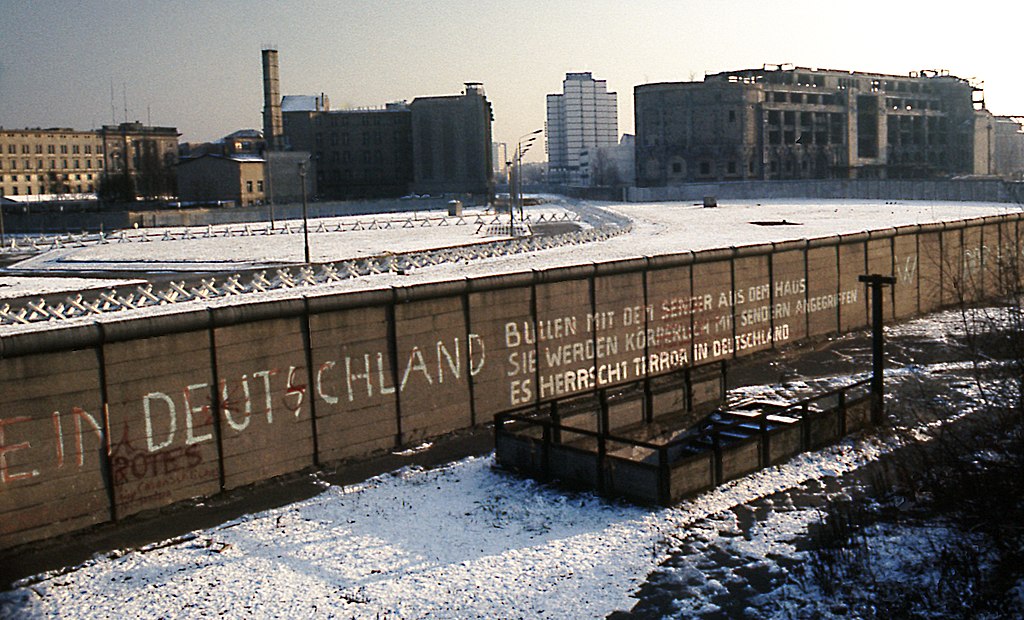
The Berlin Wall didn’t just run along the border between East and West Berlin; it also cut directly through the city, dividing neighborhoods, streets, and even buildings. In some cases, the Wall ran through the middle of houses, with one part of the building in East Berlin and the other in West Berlin. This division had a profound impact on daily life, as families, friends, and communities found themselves suddenly and forcibly separated by a physical barrier.
Escape Tunnels Were Dug Beneath It
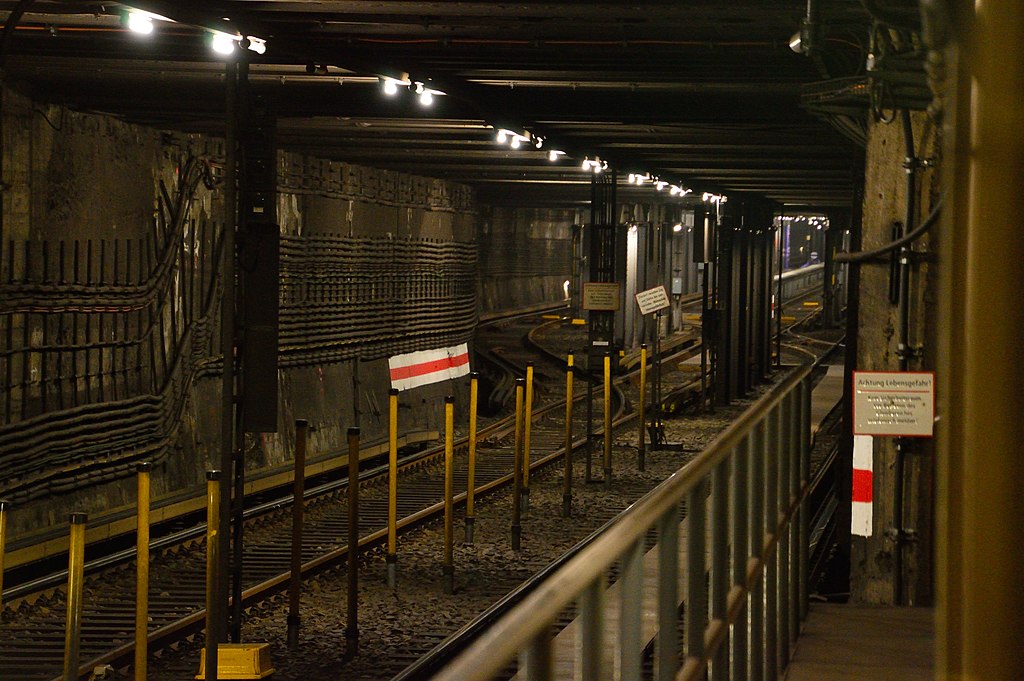
Despite the Wall’s formidable presence, many East Berliners attempted to escape to the West. One of the most daring methods involved digging tunnels beneath the Wall. Several escape tunnels were successfully completed, allowing small groups of people to flee to freedom. These underground routes were often dug by hand, in secret, and under the constant threat of discovery by East German authorities. The existence of these tunnels is a testament to the lengths people would go to achieve freedom.
It Was Constantly Monitored and Modified
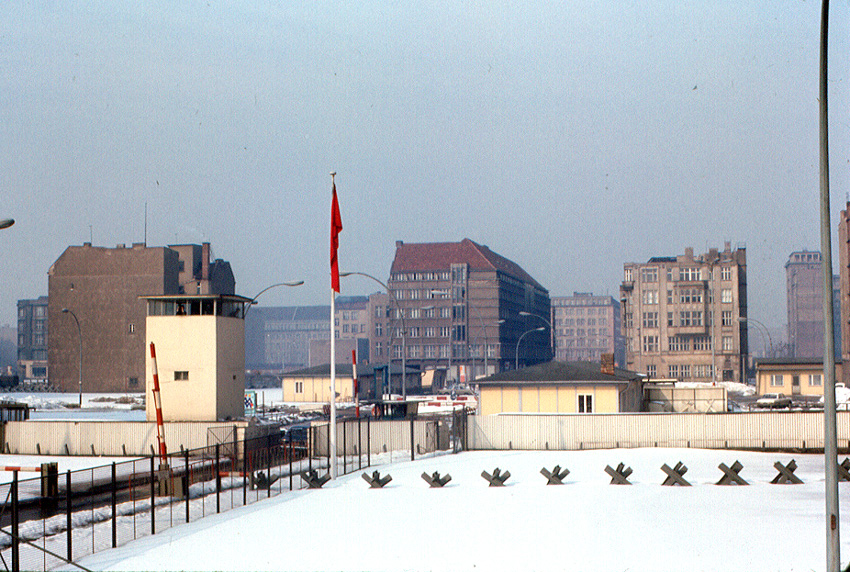
The Berlin Wall was not a static structure; it was constantly monitored, maintained, and modified by the East German government. New sections were added, and old ones were reinforced to prevent breaches. Watchtowers were equipped with searchlights and guards, and a “death strip” was created—a no-man-land with anti-vehicle trenches, trip-wire machine guns, and guard dogs—to make escape even more difficult. These continuous modifications reflected the ongoing struggle between those seeking freedom and the state’s efforts to keep them contained.
The Wall Was Over 96 Miles Long
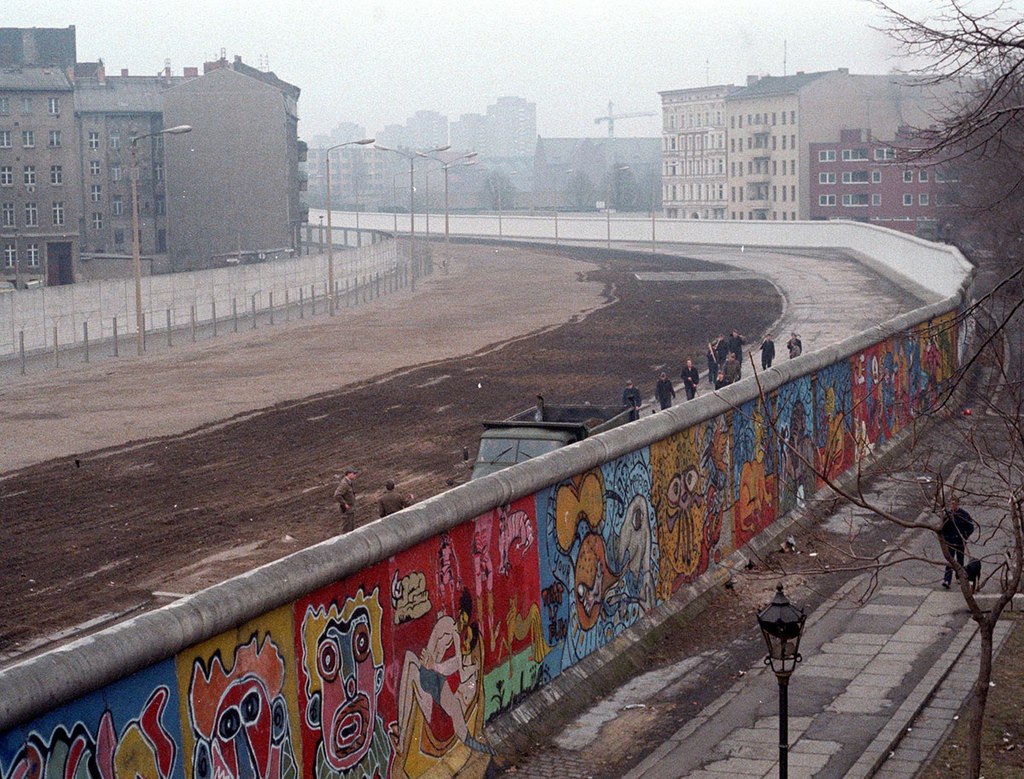
Many people think of the Berlin Wall as a single barrier through the city, but it was actually a complex system of walls, fences, and fortifications that stretched over 96 miles. This length included not just the main Wall dividing East and West Berlin but also barriers that encircled West Berlin, effectively turning it into an isolated enclave within East Germany. The sheer scale of the Wall highlights the extent of the East German government’s efforts to control the movement of its citizens.
The Wall Was Later Reinforced and Expanded in Phases
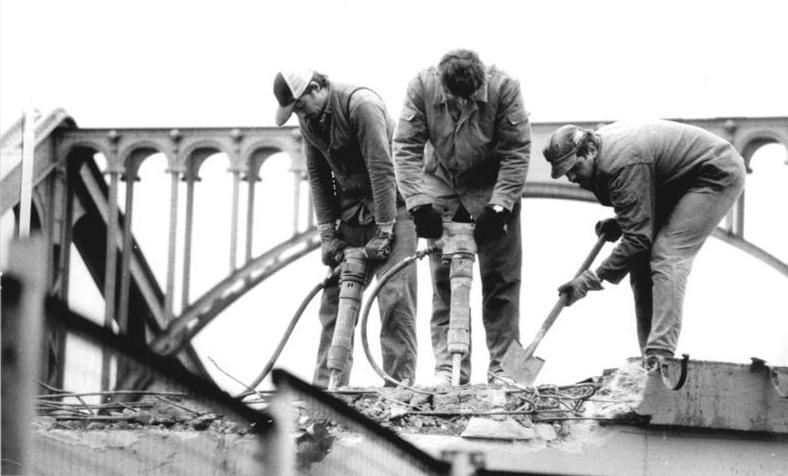
While the Berlin Wall initially went up overnight, it didn’t remain static. After the first barbed wire and concrete block barriers were quickly put in place, the East German government continuously upgraded the Wall over the following years. These upgrades included adding large concrete segments, watchtowers, and the infamous “death strip” to make it more secure and difficult to breach. Each phase of construction reflected the increasing efforts to prevent East Germans from fleeing to the West.
A Tragic Number of Lives Were Lost
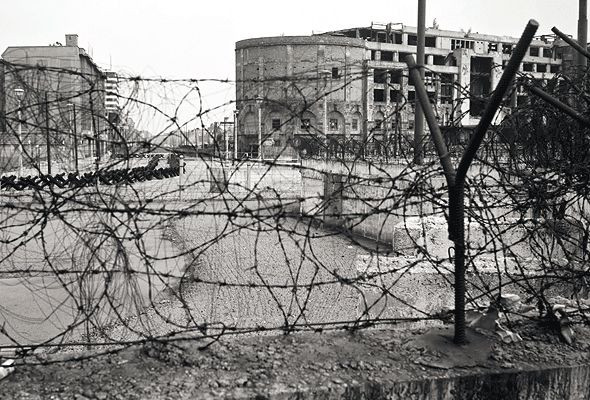
One of the most somber aspects of the Berlin Wall’s history is the number of people who lost their lives trying to cross it. Estimates vary, but it is believed that at least 140 people were killed while attempting to escape to the West. Some were shot by border guards, while others drowned in the River Spree or died in accidents during their escape attempts. The Wall was not just a physical barrier; it was a deadly one, with tragic consequences for those who sought freedom.
The Wall Wasn’t Just Physical
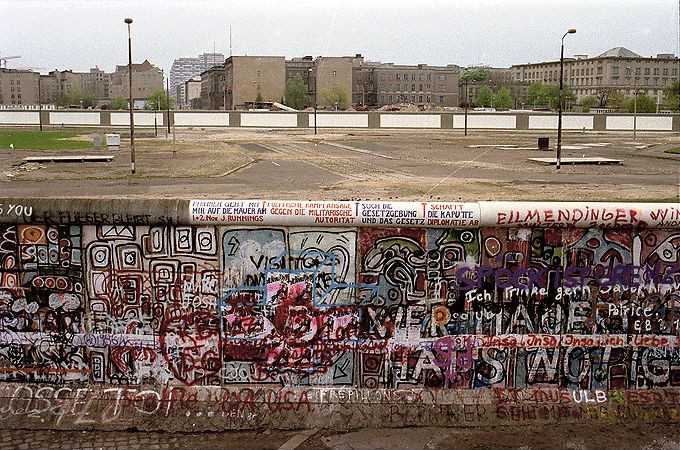
Beyond the physical barriers of concrete and barbed wire, the Berlin Wall also represented a significant psychological barrier. The East German government used propaganda, fear, and surveillance to reinforce the Wall’s presence in the minds of its citizens. This psychological control was just as powerful as the physical Wall, creating an environment where even thinking about escape could be dangerous.
The Wall Had a “Death Strip”
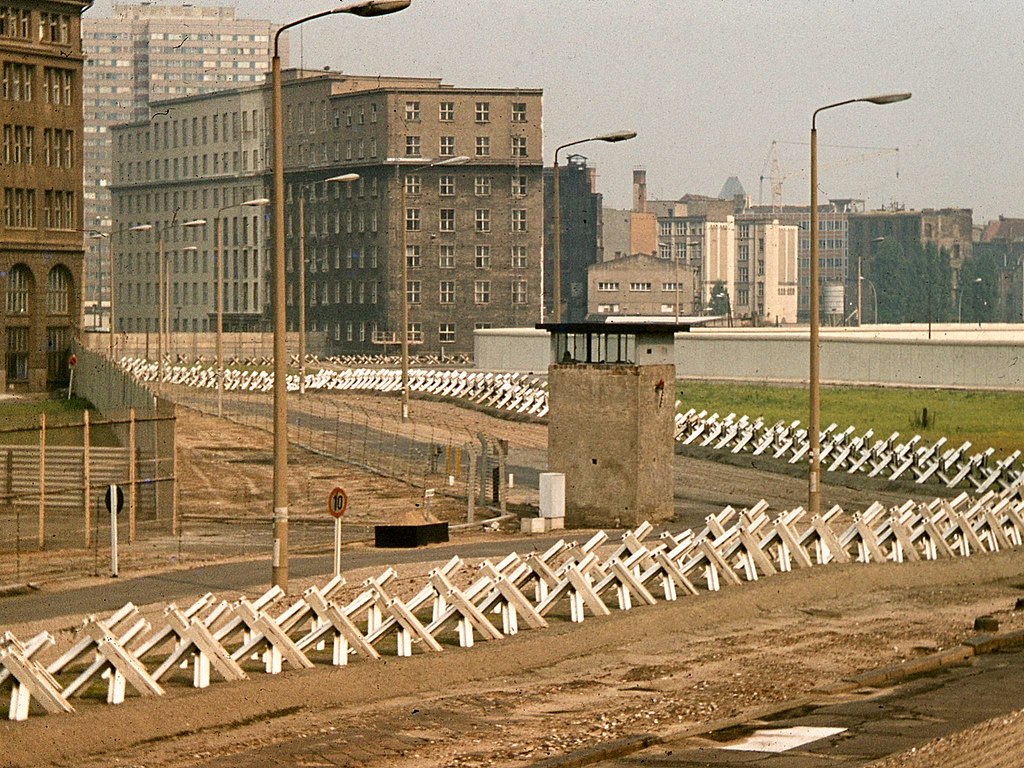
The so-called “death strip” was a barren, open space between the inner and outer walls of the Berlin Wall. This area was designed to make escape attempts nearly impossible. It was filled with tripwires, mines, anti-vehicle trenches, and was constantly patrolled by guards with attack dogs. The starkness and deadly efficiency of the “death strip” served as a grim deterrent to those considering an escape.
Westerners Could Visit East Berlin Through Checkpoints
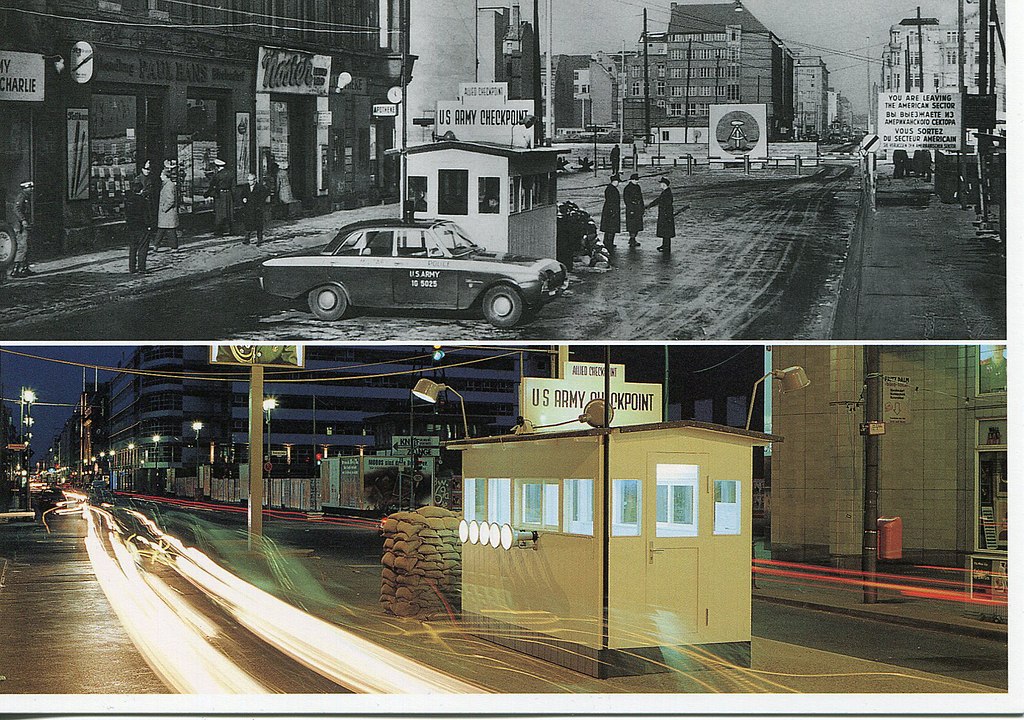
Despite the Wall’s primary function of keeping East Berliners from fleeing to the West, certain Westerners were allowed to visit East Berlin through designated checkpoints, such as Checkpoint Charlie. However, East Berliners could not travel freely to the West, which underscored the imbalance of freedom between the two sides of the city. These controlled visits were often tightly monitored, and the interactions between Western visitors and East Berliners were heavily regulated.
The Wall Became a Canvas for Protest Art
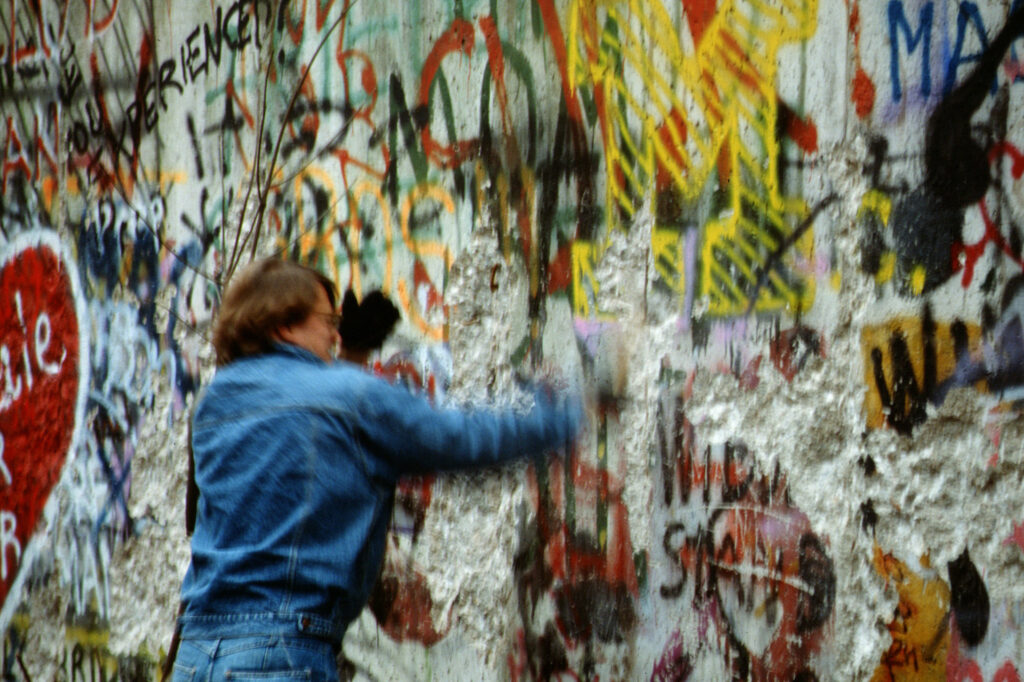
Over time, the Western side of the Berlin Wall became a canvas for artists and activists. Graffiti, murals, and protest art covered the Wall, turning it into a symbol of resistance and a testament to the human spirit’s desire for freedom. These artworks provided a stark contrast to the bleakness of the Wall itself and became a powerful tool for expressing opposition to the division it represented.
The Wall’s Fall Was Unplanned
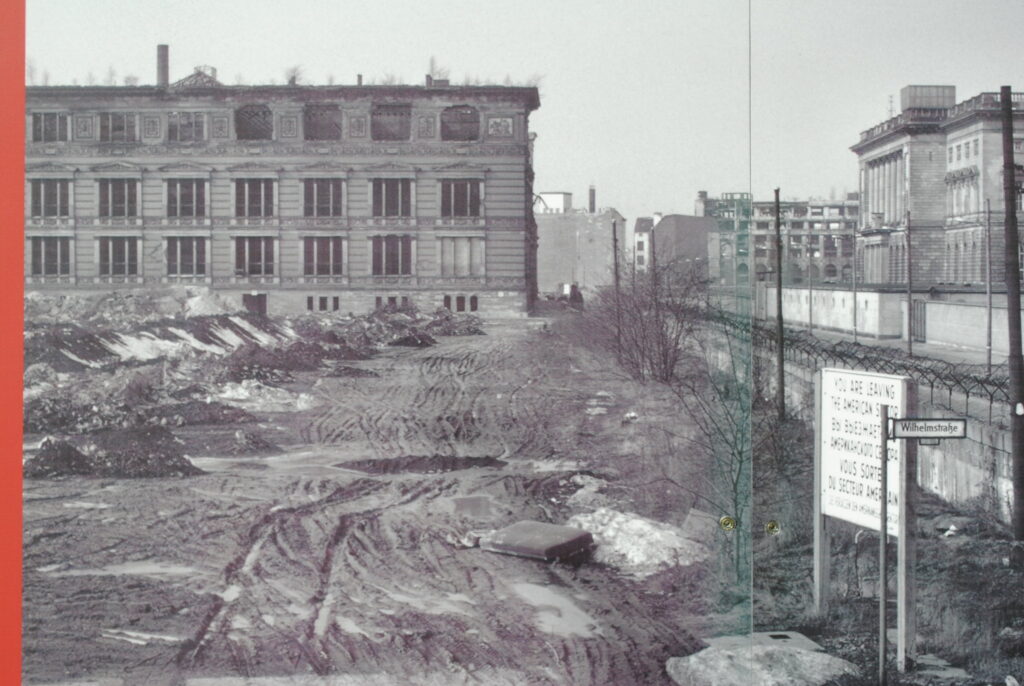
The fall of the Berlin Wall on November 9, 1989, was a result of a series of misunderstandings and miscommunications rather than a planned event. An East German official mistakenly announced that travel restrictions to the West would be lifted immediately, leading thousands of East Berliners to flood the checkpoints. The overwhelmed border guards eventually opened the gates, leading to the Wall’s collapse. This unplanned moment marked the beginning of the end for the division between East and West Berlin.
This article originally appeared on UnifyCosmos.
More from UnifyCosmos
19 Effective Strategies to Boost Your Creative Thinking

Enhancing your creative thinking skills involves embracing curiosity, seeking diverse experiences, and allowing yourself time to brainstorm without judgment. Read more!
20 Irresistible Dumplings and Pastries from Every Corner of the World

Whether steamed, baked, or fried, these treats are perfect for any occasion. Read more!
17 Inspiring Travel Memoirs for Your Next Adventure

Get ready to be transported to exotic locales and discover the magic of travel through the eyes of those who have embraced the wanderlust spirit. Read more!
Leave a Reply